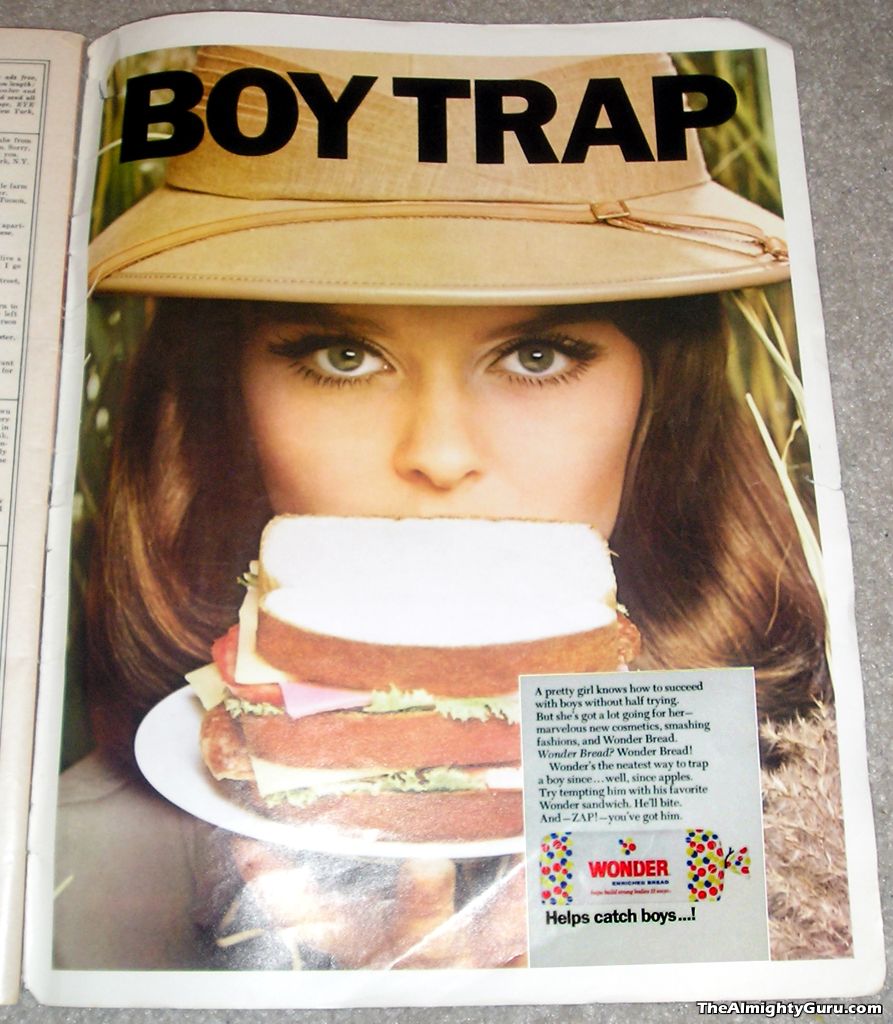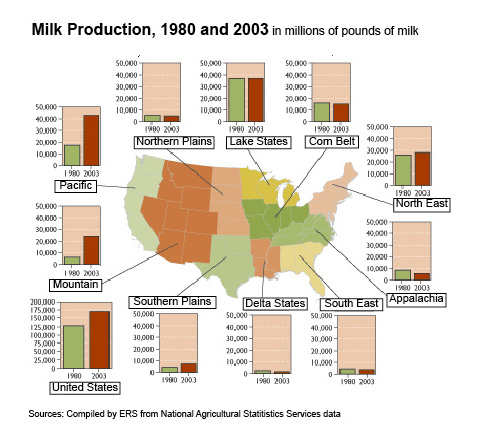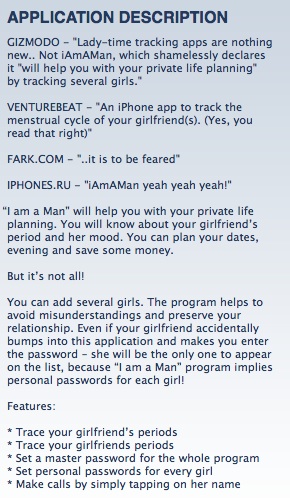Pris S. sent in an ad that ran in the Collegiate Times, the Virginia Tech campus newspaper:

Of course, it’s a great example of advertising making people feel as though they aren’t sufficiently attractive so they’ll buy a product. But it’s also interesting because it’s an example of a cosmetic procedure that is increasingly marketed to men as well as women. Women do get laser hair removal, obviously, but so do men. Our standards of male attractiveness increasingly demand control of body hair. Hairy backs and shoulders are a source of ridicule. I have known several men who felt very self-conscious about their body hair, some of whom shaved or waxed some of it. Even chest hair is questionable; most images of shirtless men (in ads, pin-ups, calendars, etc.) show very little chest hair. The “man-0-lantern” chest-waxing scene in “The 40-Year-Old Virgin” of course used men’s concern about body hair for comedic effect.
The other thing that’s interesting here is the connection between having body hair (which, as far as I can tell from the ad, could include just about any type, including pubic hair) with being an “ape,” as though we should be ashamed of the fact that we are, in fact, mammals who have varying amounts of body hair. I suspect that it’s also part of the caveman stereotype–having lots of body hair is sort of associated with being less civilized, less fully human or modern. It’s also a beauty standard that is certainly going to be harder for some groups, those that tend to have more and/or darker body hair, to meet, which could bring up some interesting discussions about whose bodies are considered attractive, etc.
Thanks, Pris!
NEW: Andrea G. sent in a link to the line of Mangroomer products, which include electric shavers for back, nose/ear, and “private” hair:


These would be great for discussion new standards of male attractiveness–which increasingly pressure men to shave body and pubic hair, though not their legs or armpit hair, since that type of shaving is girly!–and also as an example of gendered marketing. Notice the very sciency-techy element to the website, with the graph-type lines in the background, the “swoosh” sounds, and so on.
Andrea also sent in this Nads commercial, in which we learn that the product saved a woman from a life of misery, since neighborhood children taunted her for having a beard:
It’s a great example of the social construction of bodies: we think it’s gross when women have beards, but at least in theory okay when men have them. Of course certain groups, such as Mormons, discourage men from growing beards, and in general full beards are relatively uncommon in the U.S. today and might be seen as unprofessional or otherwise inappropriate in some situations. But men usually won’t be openly mocked for growing hair on their faces (Joaquin Phoenix’s recent transformation aside), whereas for a woman, allowing hair to grow and be visible on her face would be socially unacceptable.
Thanks, Andrea!

 It’s fascinating that a magazine well-known for objectifying women also participates (at least in running this ad) in encouraging men to self-objectify. Without suggesting that women and men are equally objectified in American culture, I think it might be interesting to talk about the extent to which we live in an objectifying culture, period, and learn to self-objectify whether we are men or women.
It’s fascinating that a magazine well-known for objectifying women also participates (at least in running this ad) in encouraging men to self-objectify. Without suggesting that women and men are equally objectified in American culture, I think it might be interesting to talk about the extent to which we live in an objectifying culture, period, and learn to self-objectify whether we are men or women.









 And here’s the calendar tracking several girls at once. Importantly, the application is password protected, and if one girl checks out the program she’ll only see herself list (and not various other girls that this guy must be hiding from her):
And here’s the calendar tracking several girls at once. Importantly, the application is password protected, and if one girl checks out the program she’ll only see herself list (and not various other girls that this guy must be hiding from her):